WiFi9600 Modem retro-cycles my childhood Practical Perpherials 9600SA RS-232RS-232 based modem to use the Internet. The goal of the project is to enable my vintage computers to telnet to modern BBSes. (Which, of course, is so that I can play Tradewars 2002!) For an authentic experience, the modem emulates proper baud rates, plays modem connecting sounds, and replicates the front panel LEDs from my original modem. For a longer description of the project, check out Part1: WiFi9600 Modem Introduction and Prototype Demo. Firmware changes and mechanical pieces were covered in WiFi9600 Part 2. In this part, I cover the retro-brighting process I followed and a slight disaster for the project. One more part until I demonstrate the working WiFi9600!
Step 7: Cleaning and Retro Brite
Before pulling everything together, I spent a few hours cleaning up the plastic pieces. Except for the front panel, everything was easy. After scrubbing with some dish soap and then some baking soda, the plastic pieces looked brand new again. The front panel needed some serious scrubbing. And, I thought it would benefit from a round of "retro briting."
Full disclosure, I do not understand how or why the retro-brighting process works. However, it uses peroxide, which is an oxidizing agent. Plastic can sit in it for hours. This panel piece sat in the solution for over 7 hours with heat applied. However, when I put a bolt in the solution to hold the panel in place, it started oxidizing--which is what would happen if you put a circuit board in the tank. Why does that matter for this project? The front panel's PCB was plastic welded into place!
Disaster Strikes
I wanted to remove the circuit board from the plastic panel before cleaning it. One of my live stream viewers suggested I drill out the plastic welds and then use small screws to re-attach the PCB. I liked the idea, and it seemed like it would work. Until disaster struck. I went to twist my hand, and my finger pulled the drill's trigger!!!
The result was a hole through the front panel of my modem!! (And the need for a bandage...) So much for not permanently changing anything.
The worst part of this disaster is that I was happy with the panel's color after giving the plastic pieces a good scrub with soap and water.  So no retro-brite would have been needed at all. But, now, I was in a bind. I didn't want to finish my project with a freaking hole in the very front. But! If you recall, I was fortunate enough to have found a 2nd 9600SA on eBay. The downside was that it is severely yellowed compared to mine.
So no retro-brite would have been needed at all. But, now, I was in a bind. I didn't want to finish my project with a freaking hole in the very front. But! If you recall, I was fortunate enough to have found a 2nd 9600SA on eBay. The downside was that it is severely yellowed compared to mine.
This small disaster had two positive outcomes.
- The other modem's front panel LEDs were significantly brighter than mine. So I decided to use that control board PCB.
- The metal frame was in nicer condition. For example, the back panel had painted labels that were nicer to read. (You'll see those in part 4.)
Hoping that I could get the super yellow front panel (without an extra hole) to match my existing plastic pieces' lighter color, I decided it was time for retro-brite.
My Retro-Brite process
Certain ABS plastics turn yellow with time and exposure to UV. If you see an old Apple II computer or Super Nintendo System, you likely saw a yellow-ish or brown discoloration. Some people like the look and think of it as electronics "patina." In the case of WiFi9600, I wanted to Retro-Brite to better match different plastic pieces.
"Retro brite" is using peroxide to reverse the yellowing process. My understanding is that we are effectively bleaching the plastic. And from what I heard, retro-brite is not a permanent solution. Good thing it is relatively cheap and easy to do. It works best with concentrated peroxide, water, warm temperature, and time. For my process, I obtained these materials:
- Sally Beauty's Salon Developer 40. This is a peroxide solution sold in salon supply stores.
- 80 Watt UV light fixture (two of them)
- Sous vide heater
- Aluminum Foil
Developer 40 is easy to get. It comes in "creme" and "clear" form. Creme tends to work better for small pieces like keyboard keys. The clear is nice for larger pieces since you can combine it with water to fill a tub, which is how I use the solution. (And yes, I've heard all of the jokes about the Bald Engineer going to a salon supply store to buy some.)
Because things kept moving around, I put a metal bolt on top of the front panel, but it started oxidizing, AND the water got very cloudy. Any time I took the temperature above 45C, the water would get cloudy after about two hours. I suspect something else in the developer is reacting to the heat. From various experiments, I can say that heat or light alone reduces yellowing. I suspect the two together accelerates it. Eventually, I wrapped up my tub with aluminum foil to maximize the UV exposure to the plastic pieces.
By the time I was done, I had two UV lights shining on the tank along with foil wrapped around it. I have read conflicting explanations about retro-briting. Some say it is the UV light. Some say it is the heat. Some say it is both. I plan to do some more experiments here, but based on my experiences on this project, a combination of the two is best.
After 7 hours, this was the result. In the picture above, all of the plastic pieces were originally about the same color. (Actually, the front panel was slightly darker than the side panels!) The great news is that the panel now matched my original pieces. At least, close enough for me.
Step 8:Final Test on a PC
After mounting all of the boards with the newly 3d-printed brackets, I decided to test with my PC.
Remember, the final modem does not have a USB-data port available. So we need an actual RS-232RS-232 Serial port to connect my PC to the modem. Fortunately, I have a Keyspan Serial to USB adapter handy. (I used this back in my Geocaching days.) The Keyspan has a 9-pin serial port, and the WiFi9600 modem has a 25-pin port. No problem, I was able to connect easily between the two using a 25-pin to 9-pin cable--just like when I was a kid! From there, I opened up putty and could send AT-commands to the WiFi9600.
So I do not doubt that it works fine with PCs. I want to test it with an Apple II and a Commodore 64. My C64 adapter isn't finished yet, so I haven't used the finished WiFi9600 modem with it. But, in the next week or so, I expect to get around to doing that. I'll post an update when I do.
If you want to see the modem work, well, then you're going to have to see the grand finale in the WiFi9600 Part 4 post! 

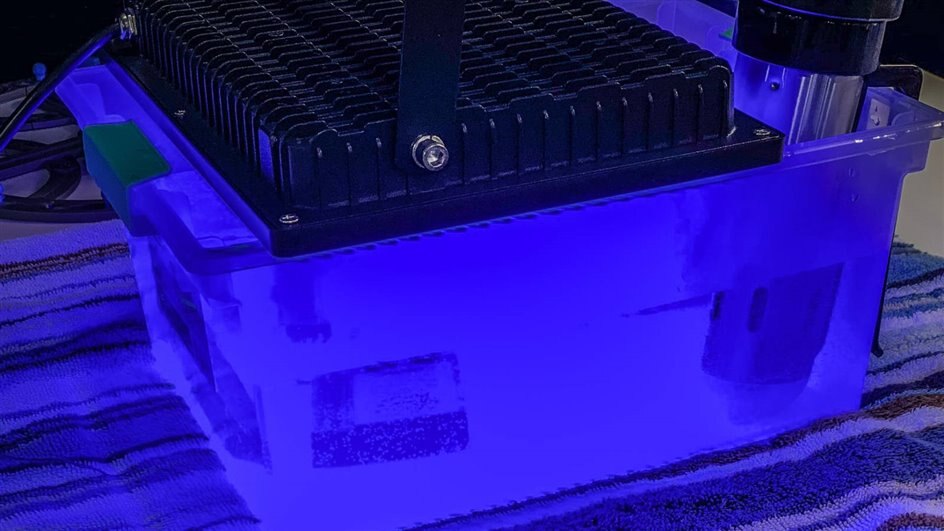
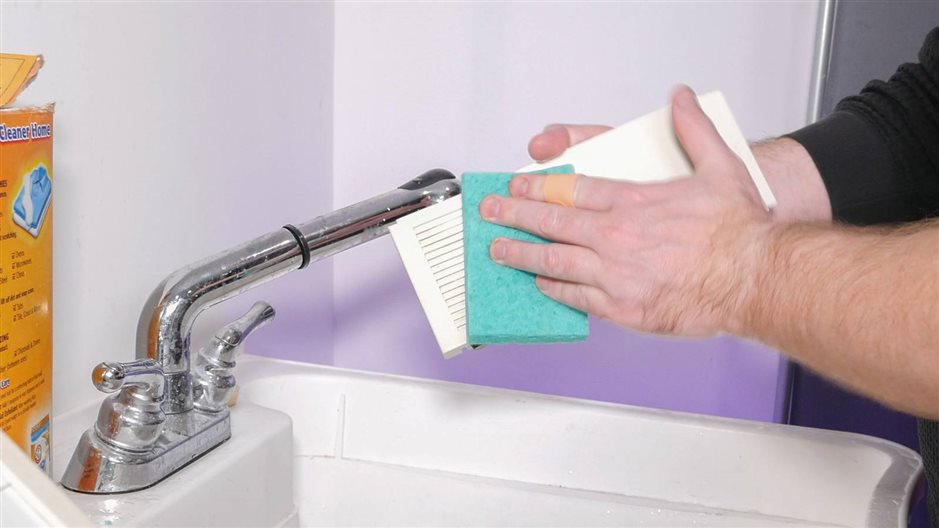
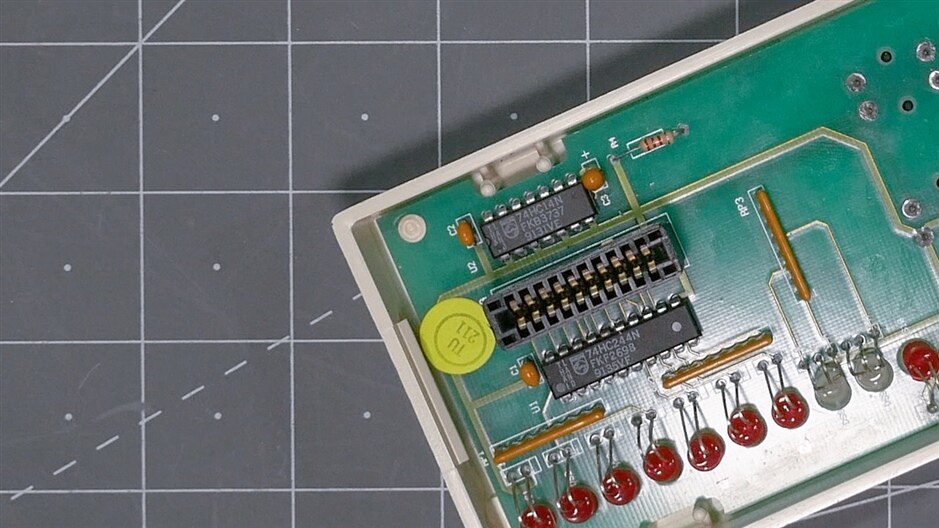
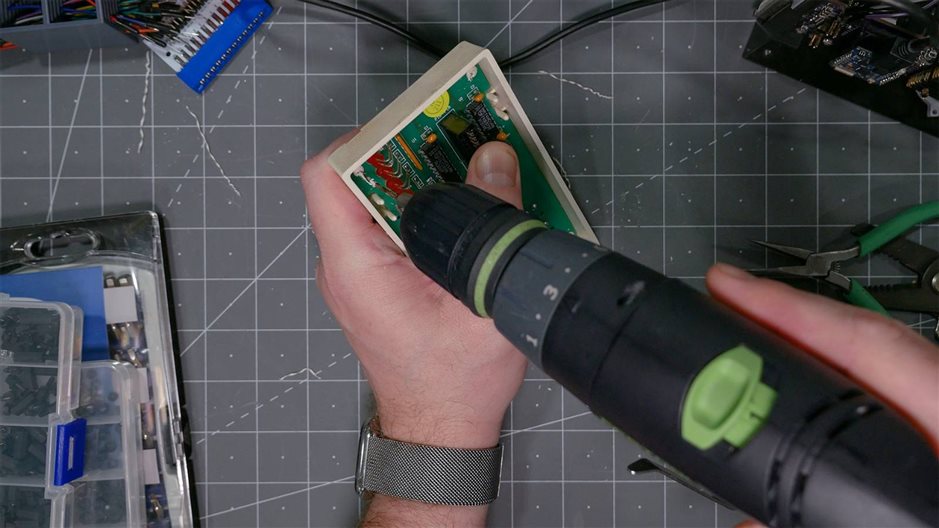
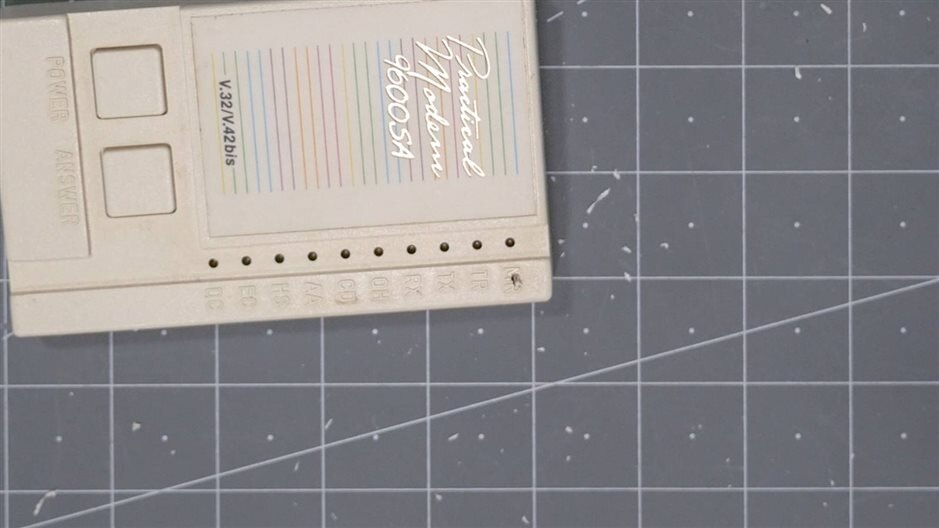

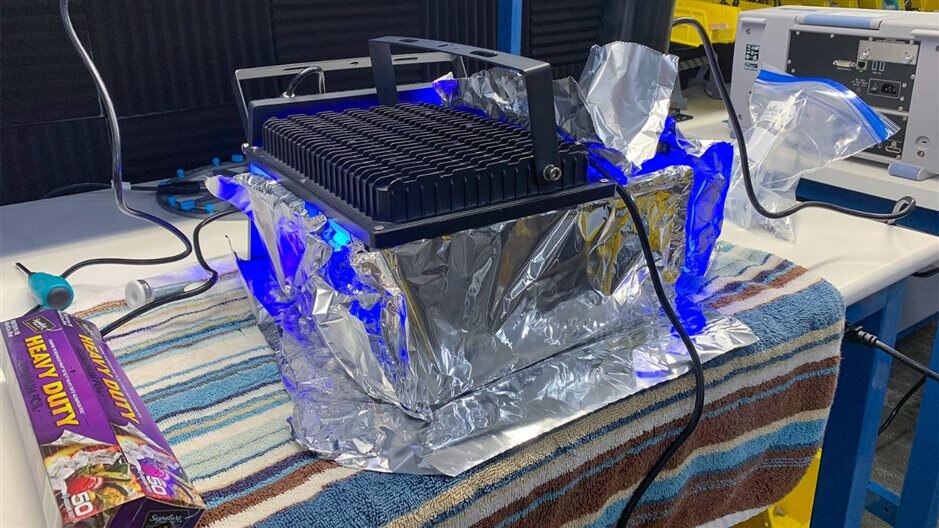
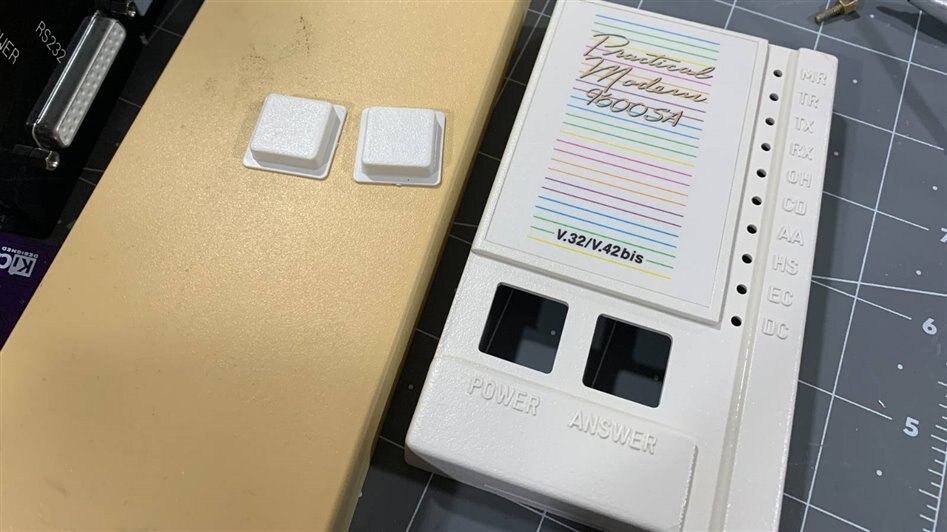
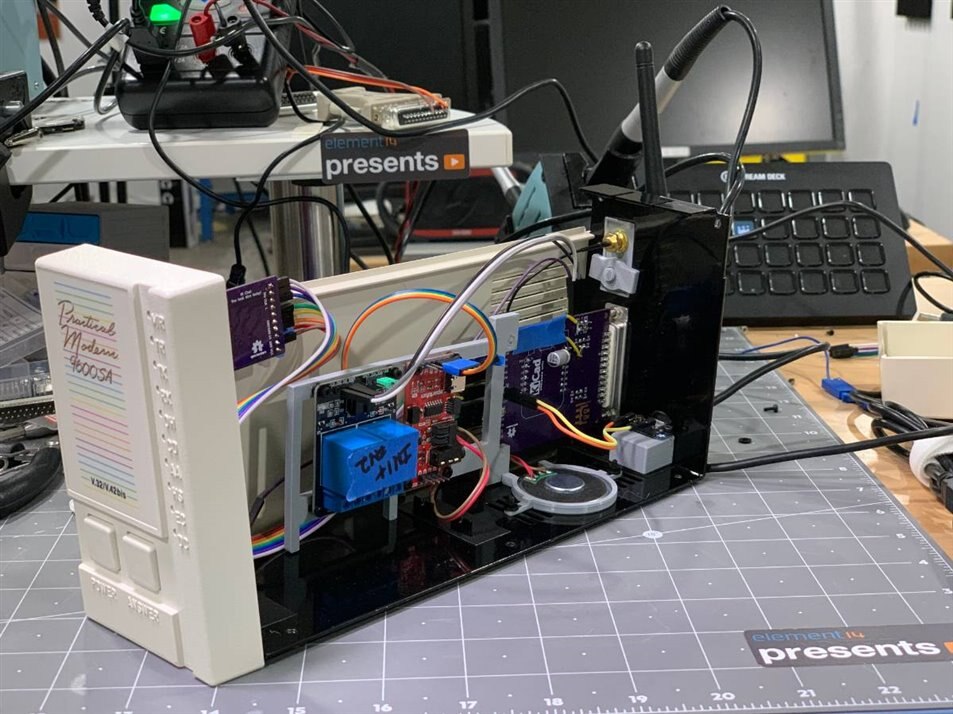
Top Comments
-

michaelkellett
-
Cancel
-
Vote Up
0
Vote Down
-
-
Sign in to reply
-
More
-
Cancel
-

baldengineer
in reply to michaelkellett
-
Cancel
-
Vote Up
0
Vote Down
-
-
Sign in to reply
-
More
-
Cancel
-

michaelkellett
in reply to baldengineer
-
Cancel
-
Vote Up
+1
Vote Down
-
-
Sign in to reply
-
More
-
Cancel
Comment-

michaelkellett
in reply to baldengineer
-
Cancel
-
Vote Up
+1
Vote Down
-
-
Sign in to reply
-
More
-
Cancel
Children